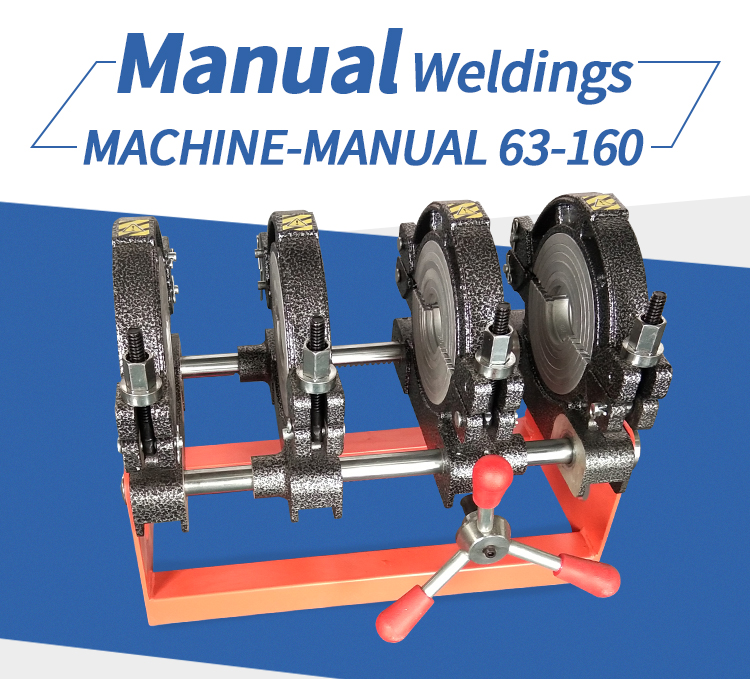A typical 250 gallon septic tank consists of two main chambers: the inlet chamber and the outlet chamber, and it works by using natural processes to treat and dispose of household wastewater. Proper maintenance of a 250 gallon septic tank is important to ensure it functions properly and to prevent costly repairs and health hazards. In this article, we'll explore the role and function of septic tanks, as well as the importance of proper maintenance to keep them functioning effectively.
Septic Tank Specification
| PE Septic Tank | ||
| Specification | Septic Tank Sizes | Access Hole Sizes |
| 1.0m³ Split Septic Tank | 1740*975*940*4mm | 400*315*315 |
| 1.2m³ Split Septic Tank | 2009*1082*1037*4mm | 315*200*315 |
| 1.5m³ Split Septic Tank | 2035*1130*1100*5mm | 400*200*315 |
| 2.0m³ Split Septic Tank | 2355*1210*1165*7mm | 315*200*200*315 |
| 2.5m³ Split Septic Tank | 2760*1220*1200*7mm | 400*200*200*400 |
| SMC Septic Tank | ||
| Specification | Septic Tank Sizes | Access Hole Sizes |
| 1.0m³ Split Septic Tank | 174*97.8*49.5 | 200*315*200 |
| 1.2m³ Split Septic Tank | 181.8*117.8*59.8 | 200*315*200 |
| 1.5m³ Split Septic Tank | 181.8*117.8*59.8 | 200*315*200 |
| 2.0m³ Split Septic Tank | / | / |
| 2.5m³ Split Septic Tank | / | / |
250 gallon septic tank can be found in rural areas, small towns, and remote locations where it is not feasible to connect to a municipal sewer system. A typical 250 gallon septic tank consists of two main chambers: the inlet chamber and the outlet chamber. Wastewater flows into the inlet chamber from the house through an underground pipe known as a sewer line. Once in the tank, the heavy solids settle to the bottom, forming a layer of sludge. Grease and lighter solids float to the top and form a layer of scum. The liquid effluent, which is the relatively clear water between the scum layer and the sludge layer, flows through the outlet pipe and into the leach field. The leach field is a network of perforated pipes that distribute the effluent into the surrounding soil, which acts as a natural filter. The soil filters out harmful bacteria, viruses, and nutrients as the effluent percolates down through the soil layers, eventually returning to the groundwater. 250 gallon septic tank need to be pumped out periodically to remove accumulated sludge and scum from the tank. The frequency of pumping depends on the size of the tank, the number of people using it, and the volume of wastewater generated. In summary, a 250 gallon septic tank is a simple and effective way to treat household wastewater in areas where sewer lines are not available. By using natural processes, 250 gallon septic tank can safely and efficiently treat wastewater, making them an important part of the infrastructure in many rural and remote areas.
The role and function of septic tanks
250 gallon septic tanks play an important role in treating and disposing of household wastewater in areas where traditional sewer systems are not available. They are a critical component of the infrastructure in rural and remote areas, providing a cost-effective and efficient method of treating and disposing of waste.
The primary function of a 250 gallon septic tank is to separate solids, grease, and other materials from the wastewater that flows into it from the house through an underground pipe known as a sewer line. The partially treated wastewater, called effluent, then flows out of the 250 gallon septic tank and into a leach field, where it is further processed and filtered by the soil before returning to the groundwater.
250 gallon septic tanks are self-contained, odorless, and require little maintenance. They are designed to be robust and long-lasting, with a lifespan of up to 50 years or more, depending on the quality of the installation and the level of maintenance.
One of the key benefits of septic tanks is their versatility. They can be used in a wide range of settings, including residential, commercial, and industrial applications. They are also suitable for use in a variety of soil and geological conditions, making them a popular choice in many different regions.
In summary, the role and function of 250 gallon septic tanks are to treat and dispose of household wastewater in areas where traditional sewage systems are not available. They are a vital part of the infrastructure in rural and remote areas, and they provide a cost-effective, efficient, and reliable method of wastewater treatment and disposal.
How to maintain 250 gallon septic tank?
Proper maintenance of a 250 gallon septic tank is important to ensure it functions properly and to prevent costly repairs and health hazards. Here are some tips to maintain a septic tank:
1. Pump the tank regularly: As mentioned earlier, septic tanks need to be pumped out regularly to remove accumulated sludge and scum. The frequency of pumping depends on the size of the tank, the number of people using it, and the volume of wastewater generated. Generally, 250 gallon septic tanks should be pumped out every 3-5 years.
2. Conserve water: Excessive water use can overload a septic system and cause it to fail. To conserve water and reduce the load on the septic system, fix any leaks, take shorter showers, install low-flow fixtures, and spread out laundry throughout the week.
3. Maintain the drain field: The drain field is a crucial component of a septic system, and it needs to be maintained properly to ensure it functions efficiently. Avoid parking or driving heavy equipment on the drain field, and keep trees and shrubs away from it. Also, avoid plants with deep roots that can damage pipes, and never dig or build on the drain field.
4. Use the system properly: Do not flush anything other than human waste and toilet paper down the toilet. Avoid using harsh chemicals, such as drain cleaners, as they can damage the system. Also, do not pour grease, oil, medications, or other household chemicals down the drain, as they can harm the system.
5. Hire a professional: Finally, it's important to have a professional inspect and maintain the system regularly. They can check for leaks, proper functioning of the system, and identify any signs of problems before they become bigger issues. In summary, maintaining a septic tank involves regular pumping, conserving water, maintaining the drain field, using the system properly, and hiring a professional to inspect and maintain the system regularly. By following these tips, a septic system can function properly for many years.
463.webp)
984252.webp)
362105.webp)
330551.webp)
931371.webp)
272532.webp)
102.webp)
115.webp)





659.webp)
210.webp)


